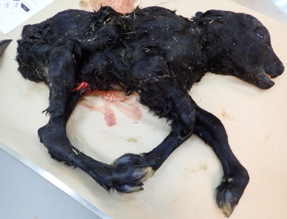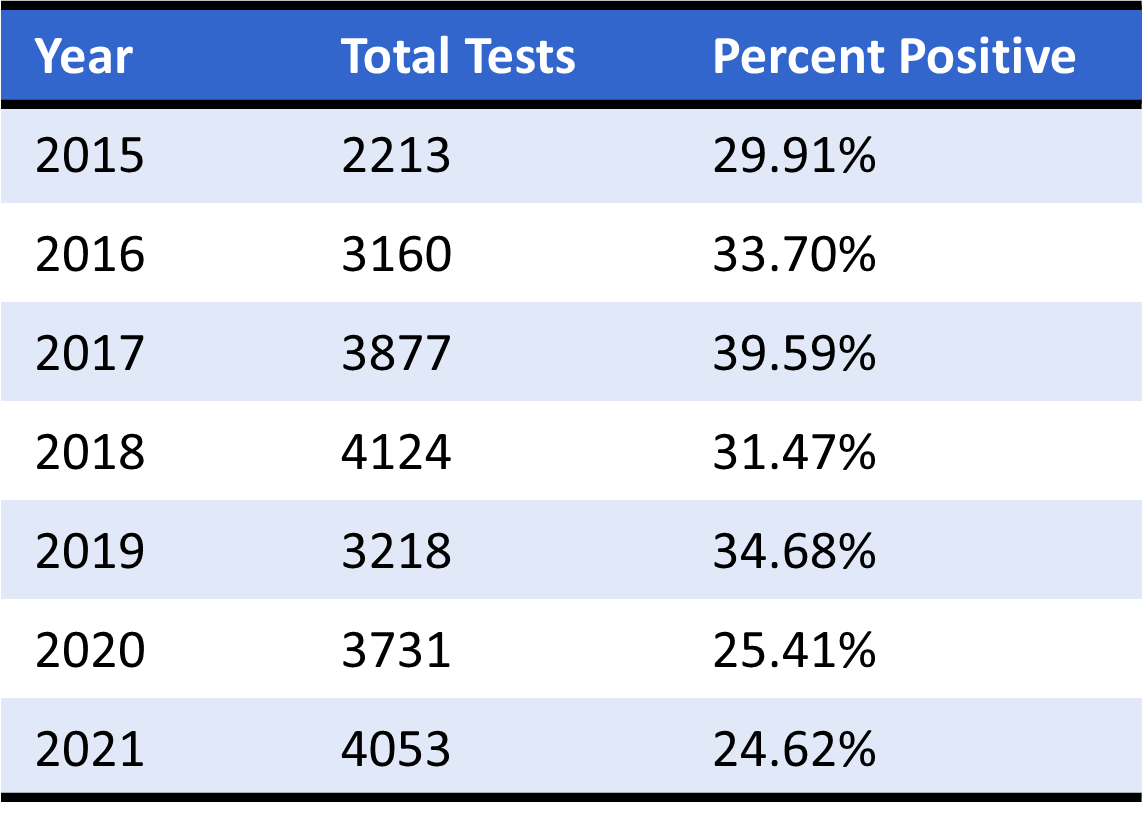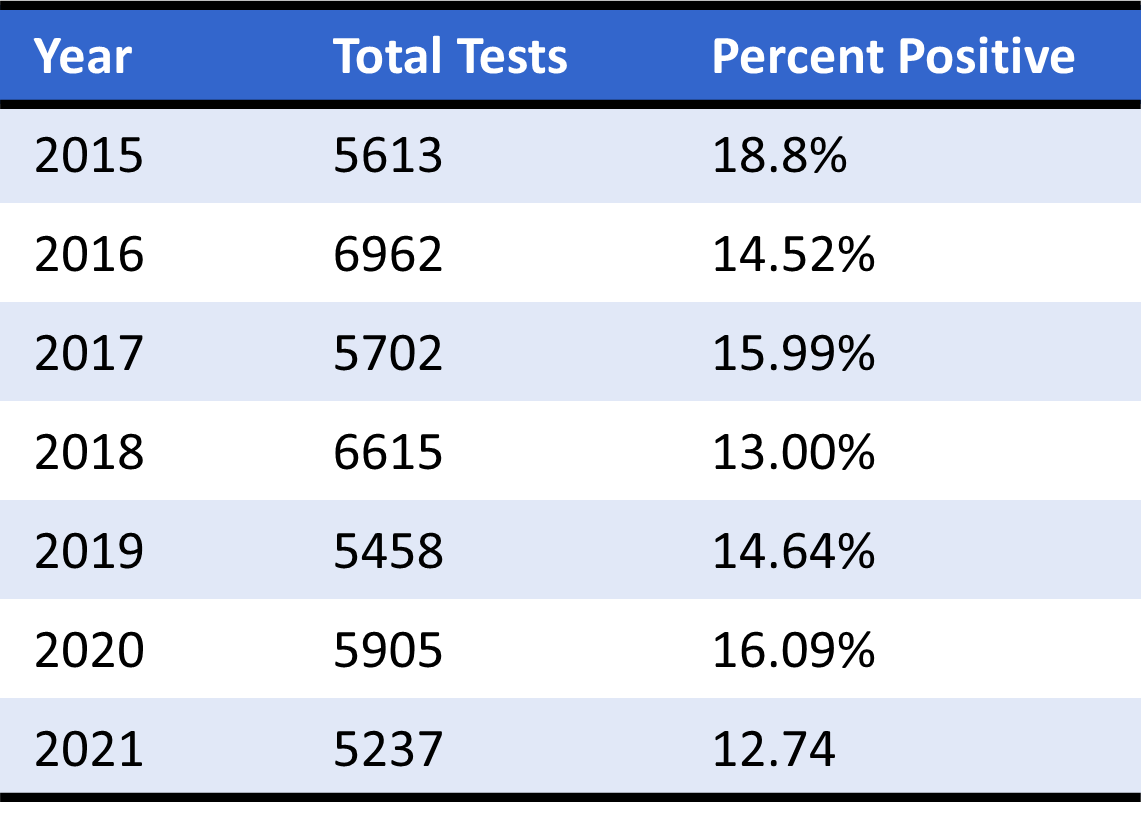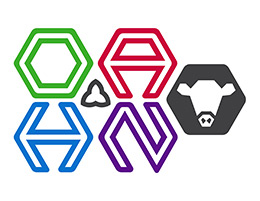OAHN Bovine Expert Network Quarterly Veterinary Report – Q1 2022
Ontario Animal Health Network (OAHN) Bovine Expert Network Quarterly Veterinary Report
Items of interest from recent bovine expert network meeting:
- Pneumonia outbreaks in new calves coming into feed yards
- A dairy herd experiencing abortions diagnosed as Campylobacter fetus, subsp fetus. Source has not been determined
- Dairy herds experiencing pneumonia outbreaks this spring. In most cases no diagnostics performed but assumed to be bacterial.
- A cow-calf herd with many calves born with skeletal defects. All virus testing pursued was negative.
Cattle Surveillance
There were 262 bovine pathology submissions in Q1, which spanned from February 1 to April 30, 2022.
*Note: some submissions are limited by few histology samples and/or lack of fresh tissue for ancillary testing, hindering ability to reach an etiologic diagnosis
ADULT CATTLE
There were 22 submissions (dairy n=18, beef n=4).
PM submission (13), send-in case (9)
Insufficient history or no age provided: 3
Pertinent pathology findings included:
- Pneumonia (M. hemolytica, P. multocida, H. ovis with T. pyogenes)
- Segmental hemorrhagic enteritis (idiopathic)
- Septicemia
- Endocarditis
- Clostridial myositis (C. septicum)
- Abomasal ulcer
- Bloat
- Lymphoma (each consistent with BLV)
OLDER CALVES (2 months to 2 years of age)
There were 51 submissions (dairy n=29, beef n=21, bison= 1). PM submissions (9), send-in cases (42)
Pertinent pathology findings included:
- Pneumonia (M. hemolytica, Pasteurella, M. bovis, H. somni, suspected BRSV, suspected AIP)
- Enteritis (coccidia, Yersinia pseudotuberculosis*)
- Abomasitis/rumenitis**
- Polioencephalomalacia
- Listeriosis
- Pericarditis/Endocarditis/Myocarditis
- Septicemia
- Pyelonephritis
- Clostridial myositis (1 cardiac, 2 skeletal muscle)
- Spinal abscesses with vertebral osteomyelitis and fractures
- Actinomyces bovis (steer with hair-covered lump on forehead)
- Myopathy (presumed white muscle disease/selenium deficiency)
- Eosinophilic myositis (Idiopathic)
- Aural cutaneous papilloma, vaginal warts, vaginal fibrosarcoma in IVF recipients, vulva/vaginal wall leiomyosarcoma (BPV PCR+)
YOUNG CALVES (< 2 months of age)
There were 54 submissions (dairy n=30, beef n=24, NOT SPECIFIED= 1). Insufficient history: 1
PM submissions (24), send-in cases (30).
Pertinent pathology findings included:
- Pneumonia (M. hemolytica, Pasteurella, H. somni, Bibersteinia trehalose with H. ovis, Salmonella spp., Klebsiella pneumoniae, M. bovis)
- Enteritis (Rotavirus, coronavirus, cryptosporidium, ETEC, E. coli)
- Abomasitis/rumenitis, abomasal ulcer, intestinal accident
- Meningitis (1 S. Dublin septicemia, 1 not cultured)
- Omphalitis (Bibersteinia trehalose + H. ovis, E. coli)
- Arthritis
- Otitis (M. bovis)
- Nephritis (E. coli, Gallibacterium anatis)
- Hepatitis (related to enteric disease)
- Septicemia (Salmonella spp, E. coli, idiopathic)
- Myopathy
- Malformation (VSD, atresia coli)
- Trauma
ABORTION
There were 26 submissions (dairy n=17, beef n=8, NOT SPECIFIED n=1)
PM submissions (17), send-in cases (9)
| Abortion | 18 | Premature birth | 3 |
| Stillbirth | 1 | Full term peri-parturient neonatal death | 4 |
Findings:
- Idiopathic abortion (n=12): 1 case had hydrocephalus, 1 case had hydronephrosis, 1 case had the sole finding of placental edema◊ (see pg3)
- Bacterial (n=6): isolates included Bacillus licheniformis, Strep. pluranimalium, Trueperella pyogenes, Klebsiella pneumoniae, and E. coli)
- Dystocia (n=2)
- BoHV-1 (n=1)
- Neospora (n=1)
- Ureaplasma (n=1)
- Malformation (n=1) Perosomus elumbis (lumbar vertebral agenesis & arthrogrypoisis) (Fig 1)

Cases of Interest
*Sudden death post-weaning in dairy calves: suppurative enteritis with Yersinia pseudotuberculosis isolated from intestine and liver. This organism can cause enteritis and septicemia in cattle, as well as abortion and neonatal deaths. It can be carried by asymptomatic animals and shed in feces.
**Two-week history of weight loss and poor doing in bison calf. Found dead, with necropsy revealing ulceration of rumen and abomasum, thickened pericardium, and renal infarcts. Microscopic examination confirmed vasculitis with abomasal and ruminal ulceration and necrohemorrhagic pyelonephritis. Presumed case of MCF.
SALMONELLA
In total, 248 bovine submissions had bacterial culture performed (non-milk), generating 350 cultures. Salmonella spp. were isolated from 11 submissions, representing an estimated 8 premises. Salmonella Dublin was isolated from 7 of these submissions, representing approximately 5 premises. Primary findings associated with isolation of S. Dublin (if provided), included meningitis, pneumonia, diarrhea with enterocolitis/rumenitis, and hepatitis, often in association with septicemia. This quarter, S. Dublin infection was primarily identified in young calves ranging from 20 days to 12 weeks of age, from both dairy and beef operations. In some cases, S. Dublin infection was identified with concurrent enteric infections, including viral enteritis and cryptosporidiosis.
BOVINE VIRAL DIARHEA VIRUS
A total of 238 BVDV PCR tests were performed. One submission generated 2 positive results as part of herd screening. For this submission, 1 of 9 pooled blood samples yielded a positive result, and further testing of individual samples from this pool identified 1 PCR positive sample.
For more information regarding BVDV testing, visit the AHL website at: https://www.uoguelph.ca/ahl/labnote-1-summary-bovine-viral-diarrhea-virus-bvdv-testing-ahl
| About This Report |
| This summary has been compiled by Dr. Rebecca Egan, Animal Health Laboratory (AHL) and is based on diagnostic submissions to the AHL Guelph and Kemptville locations. |
◊ Case of Interest
Clinical history: Cows delivering live calves with very thick placental membranes not rupturing upon birth.
Microscopic finding: diffuse placental edema (idiopathic)
- No inflammation to suggest an infectious component
- Unclear as to whether affected births have concurrent excessive accumulations of free fluid in the allantoic or amniotic sacs, congenital malformations or normal fetuses that go on to thrive
Hydramnios is usually associated with fetal malformations.
Hydroallantois is more often seen with uterine abnormalities with insufficient numbers of caruncles, and there is often secondary development of adventitial placentation. This is more often reported in cows bearing twins, and with IVF or cloned embryos.
Placental edema in late gestation mares, is a specific syndrome of dystocia and marked placental edema that has been described association with mycotoxins produced by endophyte-infected fescue.
Bovine Leukemia Virus Testing in Ontario Laboratories
The OAHN bovine network recently released a podcast with Dr. Ron Erskine on bovine leukemia virus and the management strategies veterinarians and producers can employ to control the disease. A follow up question that came up after the podcast was “How much testing for BLV is currently happening in Ontario? The OAHN bovine network pulled the numbers to find out.
BLV testing occurs in two Ontario laboratories: the Animal Health Laboratory (Guelph) and at Lactanet (Guelph). Both labs use an ELISA test to detect antibodies to the virus in either serum (AHL) or milk (Lactanet). The ELISA test is reported to have very high sensitivity and specificity and animals that develop antibodies are considered infected for life.
As seen in Tables 1 and 2, the percent positive varies between laboratories. Although unable to be confirmed, network members hypothesize that the tests may at times be used for different purposes. For example, herd control programs where positive animals are frequent versus verifying animals are negative for sale, export, or entry into AI facilities, etc. There may be scenarios where milk or blood is the more convenient sample to submit for testing as well.
The antibody ELISA for bovine leukemia virus, whether on milk or serum has a high level of accuracy (after 6-12 months of age). False negatives can occur immediately after infection until antibodies have developed. Recent work from Michigan State University shows BLV positive cows can also be screened for elevated lymphocyte counts to prioritize culling. Animals with persistent lymphocytosis are more likely to be infectious to other animals and have more serious production declines. To listen to the BLV podcast and find out more about this strategy, check out https://oahn.podbean.com/


Thank you to Tanya Rossi and David Kelton for their time extracting data for this article and to the Animal Health Laboratory and Lactanet for sharing testing results for the benefit of veterinarians and producers.
Outbreaks of Mannheimia hemolytica in Lactating Cows
The OAHN bovine network is periodically made aware of outbreaks of bacterial pneumonia in lactating dairy cows. The network members first became aware in early 2020 when several severe outbreaks were reported, and a clinical impressions survey of Ontario practitioners was subsequently conducted. At that time 19 practitioners reported having managed outbreaks in the previous 3 months with a range of morbidity (5-60%) and mortality (0-20%). Although not always directly reported to the network, veterinary discussion boards, social media posts, and summaries from other provincial surveillance networks indicate that periodic outbreaks continue to occur and not just in Ontario. Where diagnostics are able to be performed, Mannheimia hemolytica has been frequently identified.
The literature is sparse in terms of case reports or clinical trials of treatment for Mannheimia outbreaks in lactating cows. Anecdotally, information that appears to be repeated by practitioners that have managed affected herds suggests best outcomes have been achieved when producers promptly get the veterinarian involved and at-risk cows are screened daily for early detection of illness. Treatment outcomes may be improved with use of anti-inflammatories in addition to antibiotic treatment. Multiple practitioners have reported using vaccination in the face of an outbreak. The current uptake of Mannheimia vaccination in mature cattle is undocumented and effectiveness remains a knowledge gap for the industry.
We encourage practitioners to continue to report their clinical impressions to the network.
Vet Tip: Getting the most out of histology submissions
With some frequency, the lab receives only 1-2 tissues for histology from practitioners and when no abnormalities are detected and a diagnosis fails to be made, pathologists (and likely veterinarians too) are left wishing broader sampling had been conducted.
Submissions for food animal histology testing are charged a flat rate for up to (and including) 10 slides. This fee includes both slide preparation and pathologist evaluation and interpretation. Put that money to good work and maximize chances of a diagnosis – submit enough tissues and sections for a fulsome investigation!
Not sure what samples to submit? The AHL has diagnostic plans available at Diagnostic Plans-Bovine | Animal Health Laboratory (uoguelph.ca). Print them for each truck’s postmortem kit and consult regularly. J
Report a Bovine Disease to OAHN
Practitioners can easily bring unusual cases of disease or outbreaks to the attention of the OAHN bovine network by visiting oahn.ca and choosing the Bovine Species Network. No log in is required. On our bovine page veterinarians will find the “Report a Bovine Disease” button.
Be a part of surveillance! Check it out at: https://www.oahn.ca/network/bovine/
Help us help you!
Have an idea for an infographic you’d like to see, or a podcast you’d like to hear? Email oahn@uoguelph.ca to let us know!


